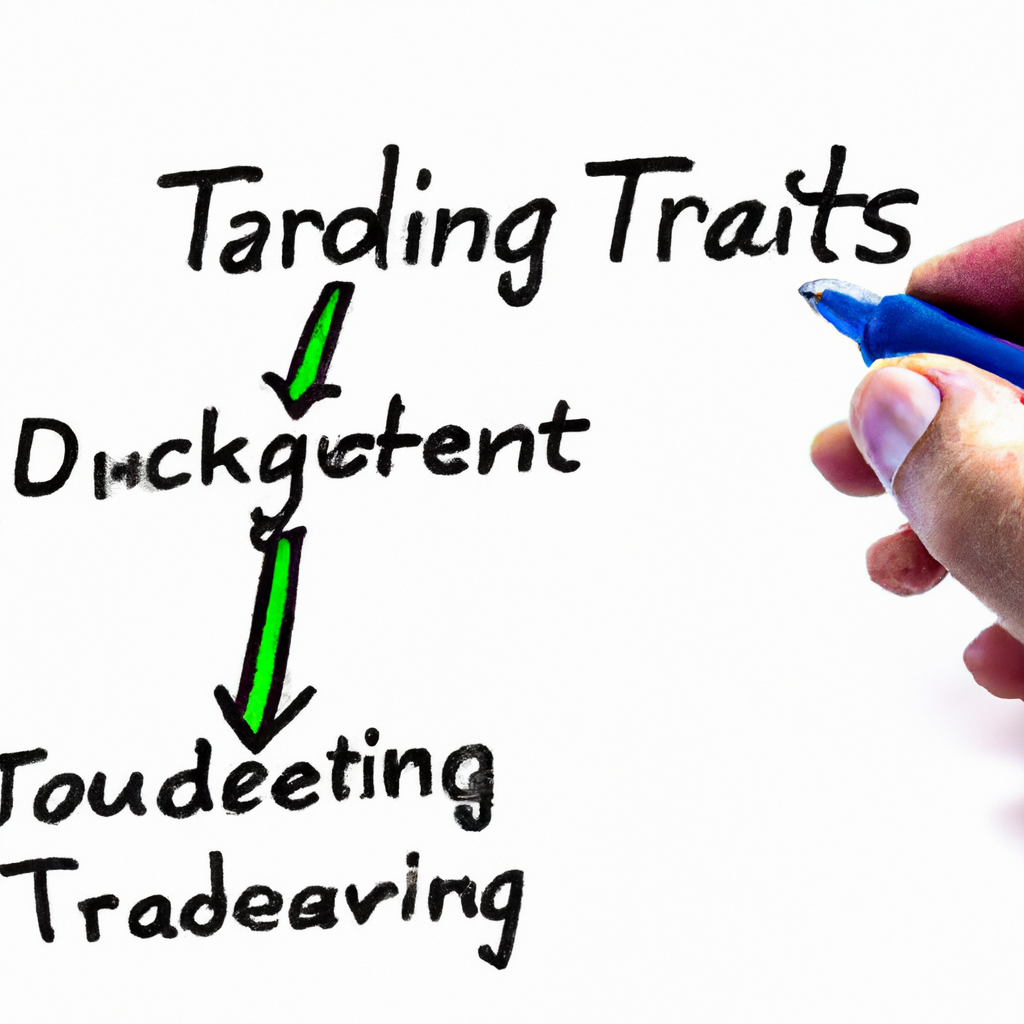Algorithmic Trading Techniques: A Guide to Automated Trading Strategies
Introduction
Algorithmic trading, also known as automated trading, refers to the use of computer programs and mathematical models to execute trading orders in financial markets. This approach has gained significant popularity in recent years due to its ability to analyze vast amounts of data and execute trades at high speeds. In this article, we will explore some common algorithmic trading techniques and their benefits.
1. Trend Following
Trend following is a popular algorithmic trading technique that aims to identify and capitalize on market trends. It involves analyzing historical price data to identify upward or downward trends and then executing trades in the direction of the trend. This technique often uses moving averages, trend lines, and other technical indicators to identify potential entry and exit points.
2. Mean Reversion
Mean reversion is another algorithmic trading technique that assumes that prices will eventually revert to their mean or average value. This strategy involves identifying overbought or oversold conditions in the market and executing trades to take advantage of the expected price correction. Traders using mean reversion techniques often rely on statistical measures such as standard deviation or Bollinger Bands to identify potential trading opportunities.
3. Arbitrage
Arbitrage is a strategy that takes advantage of price discrepancies between different markets or instruments. Algorithmic traders using this technique search for assets that are mispriced and execute trades to profit from the price differences. This technique requires fast execution and advanced technology to exploit fleeting arbitrage opportunities.
4. High-Frequency Trading (HFT)
High-frequency trading is a subset of algorithmic trading that aims to profit from small price inefficiencies in the market. HFT strategies involve executing a large number of trades at very high speeds, often within microseconds or milliseconds. This technique relies heavily on sophisticated algorithms and low-latency trading infrastructure to gain a competitive edge.
5. Machine Learning
Machine learning is revolutionizing algorithmic trading by enabling computers to learn from historical data and make predictions or decisions without being explicitly programmed. This technique involves training models on vast amounts of data to identify patterns, correlations, and anomalies in the market. Machine learning algorithms can adapt and improve over time, enhancing their trading performance.
Conclusion
Algorithmic trading techniques have revolutionized the financial industry by automating trading processes and enabling traders to execute trades at unprecedented speeds. Whether it’s trend following, mean reversion, arbitrage, high-frequency trading, or machine learning, each technique offers unique advantages and requires a deep understanding of the underlying principles. As technology continues to evolve, algorithmic trading techniques are likely to become even more sophisticated, providing traders with new opportunities to optimize their trading strategies.

